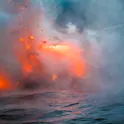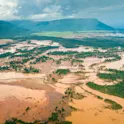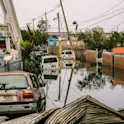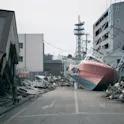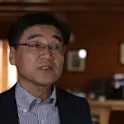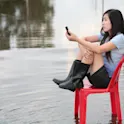New low-cost camera could help scientists forecast volcano eruptions affecting millions
By Deborah Pirchner, Frontiers science writer Image: Shutterstock.com Monitoring emissions from volcanoes – particularly sulfur dioxide (SO2) using specialized cameras – is important for hazard forecasting. Gathering long-term time series datasets is critical because volcanoes can exhibit significant changes in activity over time. Now, researchers have developed a cheap and low-power SO2 camera suited for long-term measuring. The tool could have significant implications for millions of people worldwide who live close to active volcanoes, they say. Gas emissions are the manifestation of activity occurring beneath the surface of a volcano. Measuring them lets researchers see what can’t be seen from the surface. This knowledge is vital for hazard monitoring and the prediction of future eruptions. Since the mid-2000s, ultraviolet SO2 cameras have become important tools to measure emissions. The measurement campaigns, however, must be accompanied by a user, making SO2 cameras unsuitable for acquiring long-term datasets. Building and operating this type of camera can cost upwards of $20,000, resulting in very few cameras being installed permanently. To get better long-term monitoring data, an international team of researchers has developed an SO2 camera to continually measure emission rates from volcanoes. They have now published an article about the camera design and two […]

